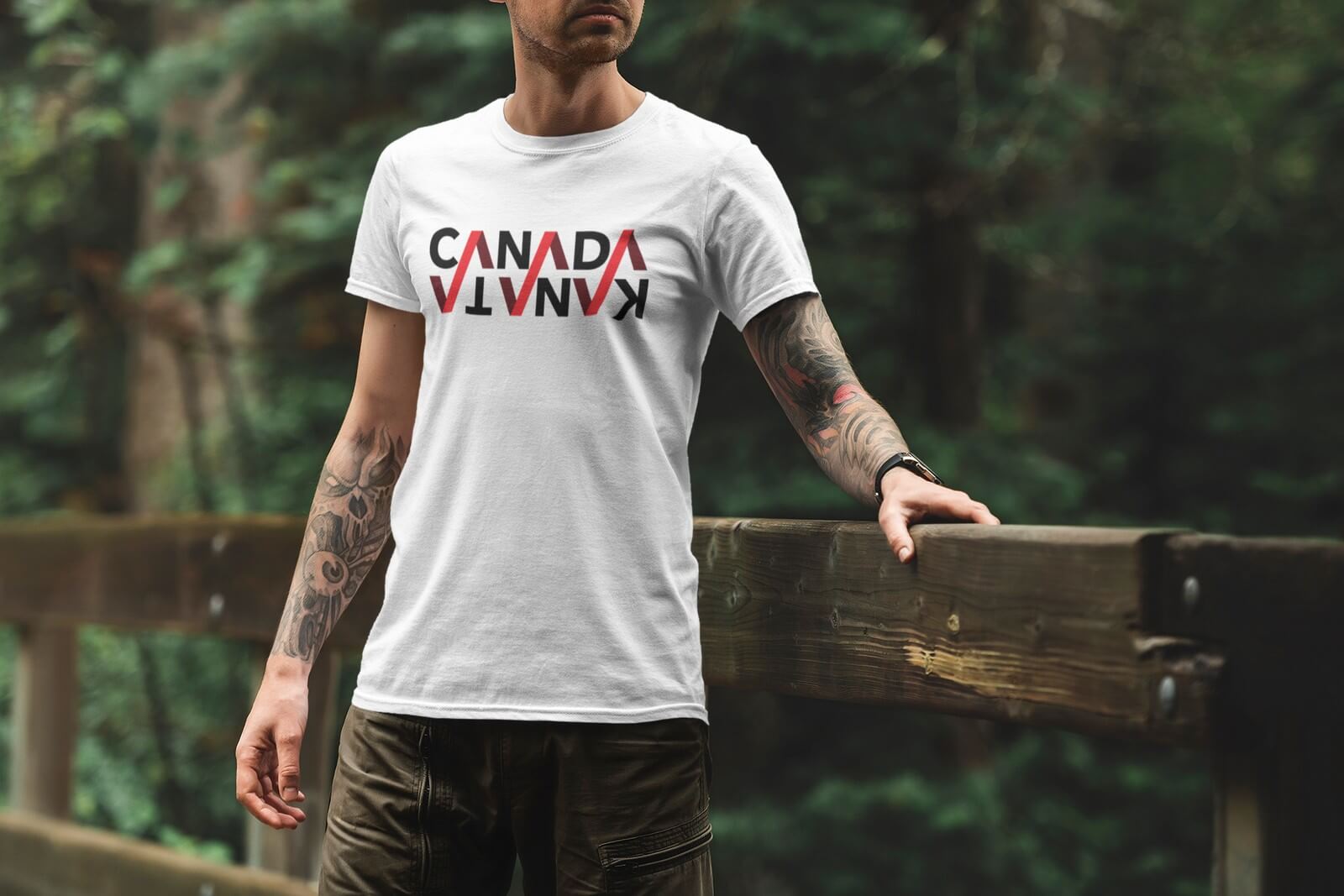No products in the cart.
Kanata Connection
Knowing where Canada’s name came from increases respect for our history.
The One7 store has been very interested in learning the history of the name Canada. One7 store sought to tell a visual narrative that bridges the current with the past. Understanding how the term Canada came to be what it is now led to the development of this artwork. In order to give our present and future generations a better understanding of our past, it is the duty of One7 shop to demonstrate this relationship.
Most likely, the Huron-Iroquois word “kanata,” which means “village” or “settlement,” is where the term “Canada” originates. The path to Kanata, as described to French explorer Jacques Cartier in 1535, was really the settlement of Stadacona, the location of the modern city of Québec. Cartier called the hamlet and the area under the dominion of its leader, Donnacona, “Canada” because he was at a loss for words.

The name was soon used to refer to a considerably greater area; maps from 1547 identified Canada as the country extending north of the St. Lawrence River. The “rivière du Canada,” a term that was in use until the early 1600s, was another name Cartier gave to the St. Lawrence River. The territory along the great river of Canada and the Gulf of St. Lawrence was still referred to as Canada in 1616, even though the entire region was known as New France.
The region now known as Canada quickly expanded as a result of exploration and commerce of furs. The term applied to all French territories in what is now the American Midwest and as far south as present-day Louisiana in the early 1700s.

In 1791, when the Province of Quebec was split into the colonies of Upper Canada and Lower Canada, the term “Canada” was first used as an official designation. The two colonies were combined in 1841 to become the Province of Canada.
Before the proposed confederation, names including Albertsland, Albionora, Borealia, Britannia, Cabotia, Colonia, and Efisga were offered for the northern portion of North America.
Thomas D’Arcy McGee, who stated on February 9, 1865: “I read in one publication not less than a dozen attempts to derive a new name, put the controversy in perspective. Tuponia is selected by one person, and Hochelaga by another, as the name for the new nation. Now I ask any honourable member of this House how he or she would feel if, one bright morning, he or she discovered that he or she was actually a Canadian, a Tuponian, or a Hochelagander instead.
For the benefit of history, McGee’s shrewdness, persuasion, and common sense won out, and on July 1, 1867, Canada, Nova Scotia, and New Brunswick united to become “one Dominion under the name of Canada.”


Leave a Reply